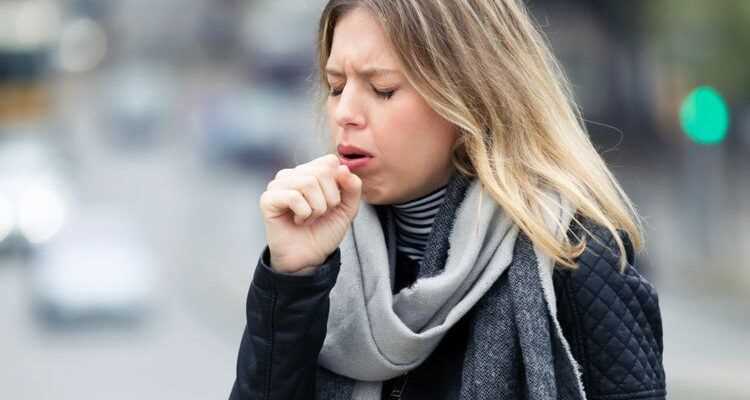Wash your hands regularly with soap and water, sneeze and cough in your elbow, wear a protective mask in enclosed public places, or keep a safe distance of at least one meter, are the reflexes of basic to have to protect against the Covid-19 virus.
Several studies have already claimed that the virus is transmitted mainly by inhalation of contaminated saliva droplets, or by physical contact, but the safety distance indicated to avoid contamination has already been questioned. A study by American researchers from the Massachusetts Institute of Technology, MIT (United States), claimed that the droplets in question, carrying the coronavirus, can travel up to 8 meters!
More recently, it is the World Health Organization, which now recognizes that there is a risk of transmission of the virus through the air. Interpellated by more than 200 doctors who spoke on the subject in the review Oxford Clinical Infectious Diseases, WHO specialists, have recognized that even the smallest droplets of saliva that disperse in the air could, if they carry the virus, contaminate other people …
Cough, sneezing … Contaminated droplets can travel up to 8 meters
The works, published in the journal Journal of American Medical Association (JAMA), already demonstrated that the measures of social distance taken in many countries are not sufficient to protect themselves from this highly contagious virus.
Lydia Bourouiba, professor at MIT has notably analyzed the scope of postillions when coughing or sneezing, and ensures that "the exhalations cause gaseous clouds which can move up to 8.2 meters".
"There is an urgent need to revise the guidelines currently given by WHO on the requirements for protective equipment, in particular for front-line health workers", alerted the American specialist, whose words were relayed by the site Medical Xpress.
If the range of the droplets may be greater than previously thought, contagion is only possible when a certain amount of germs is inhaled.
This was recalled by Dr. Paul Pottinger, specialist in infectious diseases at the University of Whashington (United States): "For me, the question is not how far the germs can move, but how far they can move before they no longer pose a threat. The smaller the particles of germs, the greater the risk that they can infect someone who breathes them or sticks them in their nose or mouth is weak. "
Covid-19: Does the rule of 1 meter minimum safety distance serve any purpose?
According to him, it is on the basis of data on the potential for contagion of droplets that WHO used to define the safety distance.
"The biggest threat – we think – with coronavirus is actually the big droplets. Droplets of saliva, snot, snot, sputum. Droplets that almost look like rain, if you will, when someone sneezes. These droplets are large enough for gravity to still act on them. Usually, less than a meter from a person's body, these larger, more infectious droplets fall to the ground. where the 2 meter rule comes from. ", explained Doctor Paul Pottinger.
Today, the WHO does not therefore exclude the possibility of transmission beyond the highly recommended distance meter. Hence the importance of wearing a mask, which helps to retain a large part of the droplets that could escape when talking, coughing or sneezing.
Read also :
⋙ Coronavirus: can we bathe without risk of contracting the virus?
⋙ Coronavirus: can cured patients remain contagious?
⋙ Covid-19: the BCG vaccine could have a protective effect against the coronavirus
